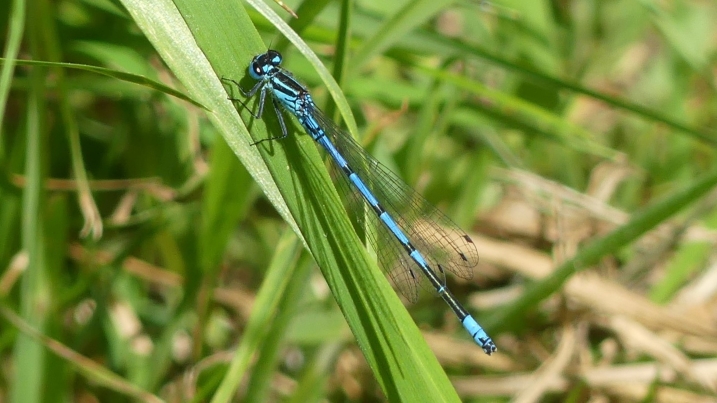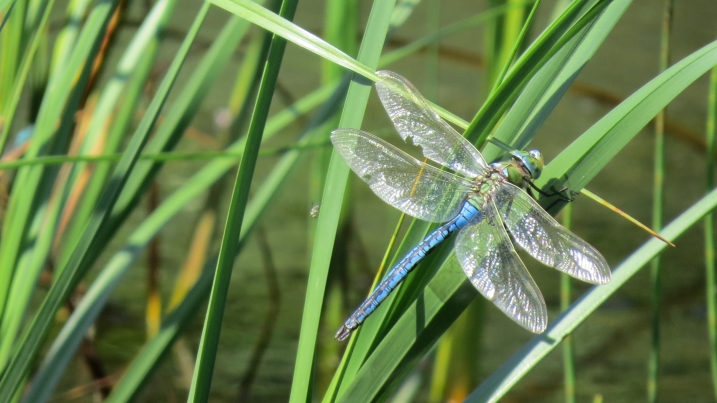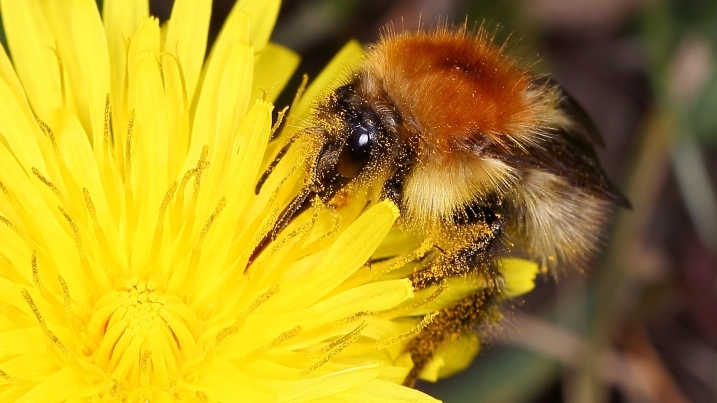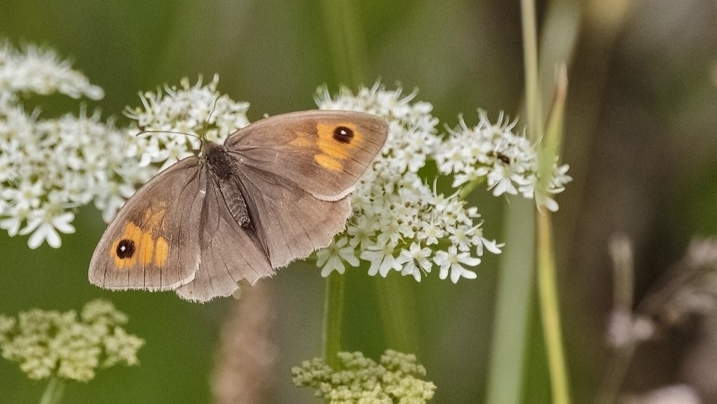The Walk on the Wild Side is back!
The Walk on the Wild Side takes a meandering route through the wildflower meadow and along the Lochar Water. If insects are your thing, this is a spot you cannot miss. Below are some of our favourites.
The azure damselfly is quite a common species and has previously been limited to South and central Scotland but is now spreading into the north. This is attributed to rising temperatures and the climate crisis.

male azure damselfly by Marianne Nicholson
The emperor dragonfly is Britain’s largest dragonfly and can be nearly as long as an index finger (78mm long)! They are rarely settled, even eating their prey on the wing.

emperor dragonfly by Lorraine Hall
The common carder bumblebee is one of the widespread and common ‘Big 8’ bumblebee species. They are the earliest of the carder bumblebees to emerge and are the latest flying from summer nests (buff-tailed increasingly show winter nesting behaviour).

common carder bumblebee by Bob Fitzsimmons
The green-veined white butterfly is a small and common species that prefers damp habitats – making Caerlaverock perfect for it! The caterpillar foodplants are cabbage relatives like cuckooflower.

green-veined white butterfly by Faith Hillier
The meadow brown butterfly is one of the most widespread species in Britain but has been lost in many areas due to agricultural intensification. Unlike most other butterflies, even in dull weather meadow browns are on the wing.

meadow brown butterfly by Alex Hillier
Feature image of Walk on the Wild Side by Alex Hillier
Words by Marianne Nicholson



